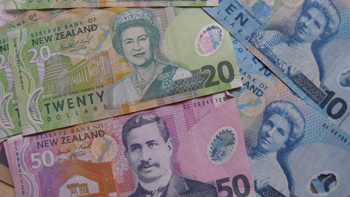GeoNet has urged New Zealanders to take every tsunami seriously, regardless of its height and length.
Yesterday, the country’s entire coastline was on notice after the sixth most severe quake in history struck off the coast of Russia’s Far Eastern Kamchatka coast on Wednesday.
The magnitude 8.8 earthquake triggered tsunami warnings across the Pacific.
GeoNet said tsunamis weren’t just towering waves crashing onto shorelines.
“Tsunamis behave more like fast-flowing tides than regular ocean waves, carrying water and debris in and offshore and generating strong currents as they do so.
“While a small tsunami is unlikely to sweep over people and structures, they still pose serious risks to people in the water or on small boats.”
GeoNet said a 10-50cm tsunami may not sound like a lot, but it can still move a lot of water and debris.
“Surges come in over several minutes and then recede just as fast for a similar time period, often acting more like a very rapid tide than an ocean wave,” the organisation said.
The government agency describes being in a 10-50cm tsunami as “like wading through a fast-flowing river”.
“That’s where the advisory to stay clear of the ocean during even a small tsunami comes from.
“It might only be ankle deep at the beach, but you could find yourself swept out to sea by the force of the currents if you are in the water or a small boat.”
Impacts on the Pacific
On Wednesday, the tsunami wave swept away buildings on the coastal area of Severo-Kurilsk, the main settlement on Russia’s Kuril Islands in the Pacific, and authorities declared a state of emergency.
In Japan, tsunami waves reached Hokkaido, prompting evacuations of more than two million people, train suspensions and heightened concern near the Fukushima nuclear plant.
Tsunami warnings were issued across the Pacific, with waves of more than 3m possible in parts of Russia, Japan, Ecuador, and the northwestern Hawaiian islands.
Authorities in the Philippines and California also issued alerts, warning people to stay away from the coast.
The Klyuchevskoy volcano on the Kamchatka peninsula in Russia’s far east started erupting after Wednesday’s powerful earthquake in the Pacific, the Russian state news agency RIA reported.
David Williams is an Auckland-based Multimedia Journalist who joined the Herald in 2023. He covers breaking news and general topics.
Take your Radio, Podcasts and Music with you









